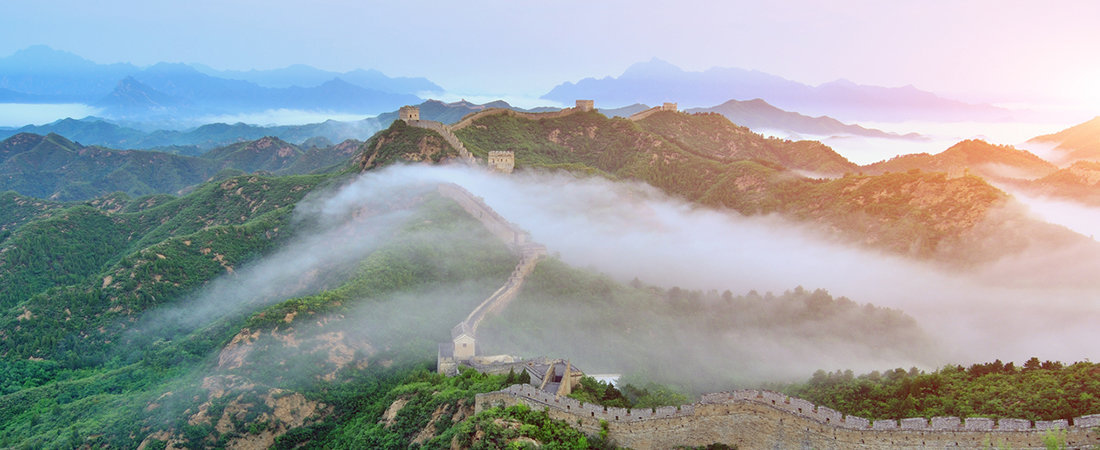On 25 June 1899, four newspapers in Colorado reported that China was going to tear down its Great Wall and use the rock to build new roads. Within days newspapers throughout the United States picked up the story – which then spread across the world. The only problem was there was not a shred of truth in it. Four local reporters had invented the tale while sharing a drink at the Oxford Hotel in Denver in order to spice up a slow news day.
There is nothing new in stories being published which are not true. Dr Johnson admitted, for example, that his vivid blow-by-blow accounts of Parliamentary Debates in the 18th Century were products of his lively imagination.
What’s fundamentally changed is that the ability to publish news, whether true or not, has been opened up and is now in the hands of the many, not the few. Anybody with a smartphone can create and publish a story in seconds which can then be shared many thousands of times.
In this new world, the traditional checks and balances – editors, regulators and even brand reputation – that were supposed to constrain the worst excesses of mainstream journalism are largely missing. On the contrary in a fiercely competitive environment where everyone is struggling to make money, new media brands are trying to attract clicks by promoting more and more eye catching headlines.
This has led to growing criticism. But social networks like Facebook have responded by making clear they don’t see themselves as media companies with a responsibility for policing content but as neutral technology platforms.
That stance is now proving very difficult to maintain. My Facebook feed is full of articles shared by friends as well as posts that they have liked. However, it also includes articles recommended by Facebook’s algorithm and, however genius this may be, it isn’t yet able to tell the difference between real and fake news.
This explains why headlines such as “Pope Francis Shocks World, Endorses Donald Trump for President” and “Yoko Ono: I Had An Affair With Hillary Clinton” went viral around the world during the run up to the US Election. Buzzfeed found that the top-performing fake election news stories on Facebook generated more engagement than the top stories from the major mainstream news outlets.
Facebook has been criticised for not taking this issue seriously enough. In a post on his personal profile, Facebook boss Mark Zuckerberg, said he was “cautious” not to make Facebook an “arbiter of truth” but said the company was testing new tools to flag hoax content.
Facebook isn’t the only site affected. Last week a fake news link rose to the top of Google search results for the question “who won the popular vote,” falsely claiming the answer to be President-elect Donald Trump. Acting quickly, Google has banned fake news sites from using its advertising network and will give money to fact-checking projects so that journalists and the public can spot bogus stories.
The response from Facebook and Google shows they are concerned by what is happening. But they also know there is no simple solution without risking damaging what makes them successful and giving a boost to their competitors.
Giving users the tools to check the facts behind stories and the ability to report fake news is a good start. But in the end, it will be for all of us, the users of these services, to set the standards for what is acceptable or not. Social networks are the products of the people who use them and, to a large extent, the onus is on the community of users to call out and report bad behaviour.
The debate around fake news and the US election has highlighted the significance of social media as well as its flaws. What we have right now is messy and open to abuse which is exactly what you would expect when the old boundaries are swept away.
But it may, however, be preferable to an alternative in which we hand over power to the social media companies to act as judge and jury for truth and journalistic credibility. That’s where we started and we should be careful not to look at the past with rose-tinted spectacles, As far as I know, the Great Wall of China is still standing…

